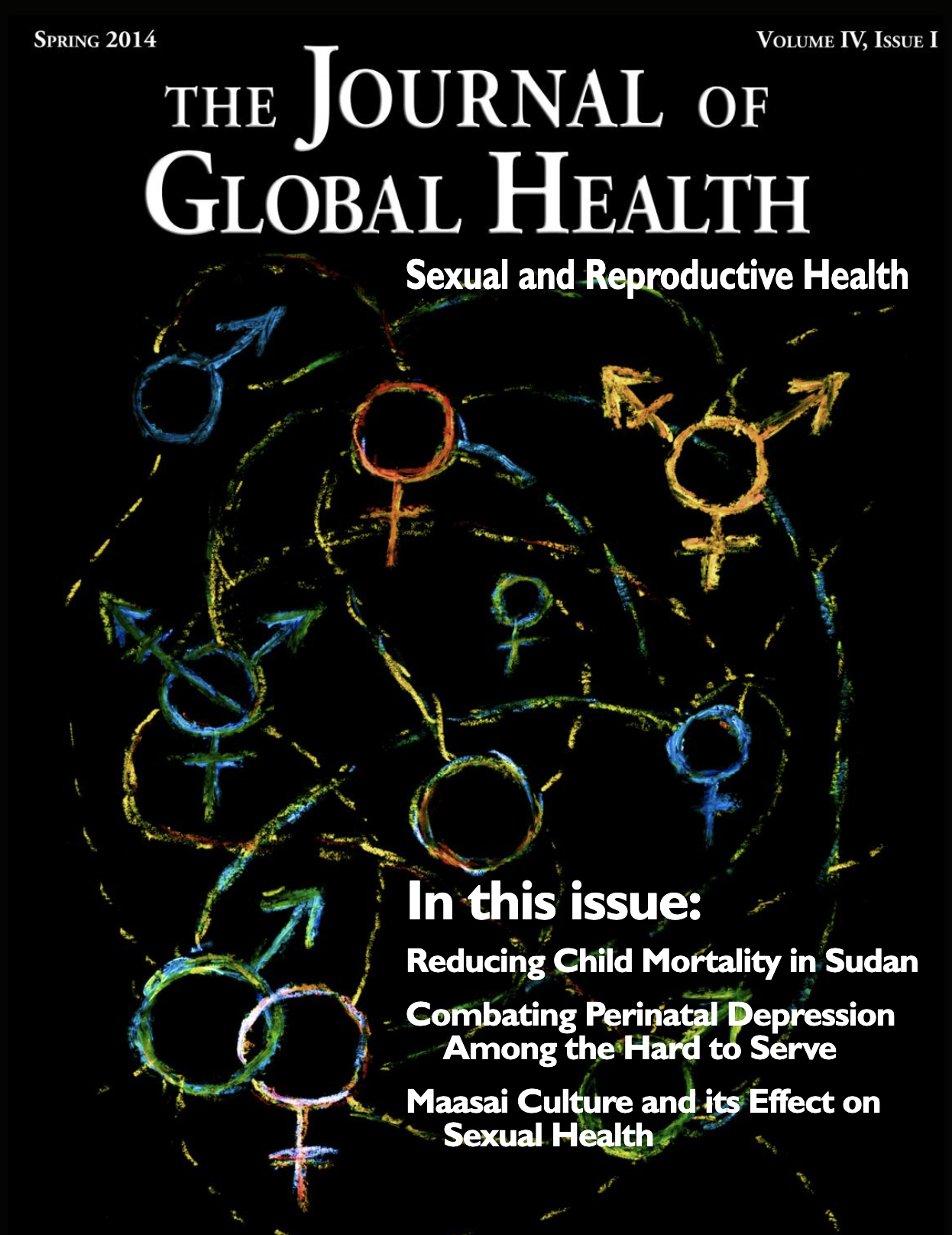Poppin’ the Prophylactics: an Analysis of Antibiotics in Aquaculture
Main Article Content
Abstract
This paper will focus on the problems associated with the use of prophylactic and therapeutic antibiotics used in aquaculture internationally. Aquaculture can, in theory, be a beneficial way of sustainably harvesting fish—but only if done correctly. This paper will provide a background of scientific analysis as to how and why antibiotics are used and detail the problems associated with excessive use, including antibiotic resistance, residues found in human food and accumulation of antibiotics in the environment. Current use and regulation of antibiotics in differing nations will be analyzed, with an emphasis on the countries of Norway and Chile. Norway has proven to be a successful model by decreasing antibiotic usage drastically while still maintaining plentiful yields, as opposed to Chile, a nation that uses an abundance of antibiotics. Alternative approaches will be explored, such as vaccination to prevent disease outbreaks and the use of probiotics and bacteriophages. Finally, proposed policy recommendations and solutions will be examined.
Article Details

This work is licensed under a Creative Commons Attribution 4.0 International License.

